Filter by
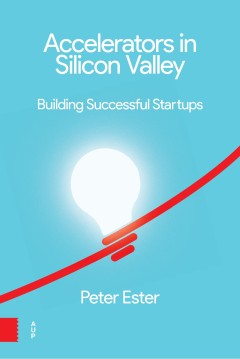
Accelerators in Silicon Valley: building successful startups : searching for …
In this book Silicon Valley expert Peter Ester describes how these 'schools of startup entrepreneurship' operate and how they empower startups. He interviewed over twenty Silicon Valley accelerators. They are analyzed in terms of mission, selection policy, technology focus, target groups, program features, funding, mentoring and training, and startup showcases. What can Europe and other regions…
- Edition
- -
- ISBN/ISSN
- 9789462987166
- Collation
- 175p. : ill.
- Series Title
- -
- Call Number
- 658.11 EST a
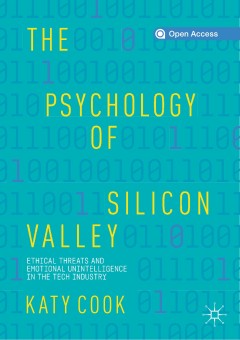
The psychology of Silicon Valley : ethical threats and emotional unintelligen…
This open access book explores the conscious and unconscious norms, values, and characteristics that drive behaviors within the high-tech capital of the world, Silicon Valley, and the sector it represents. In an era where the reach and influence of a single industry has the potential to define the future of our world, it has become apparent just how little we know about the organizations drivin…
- Edition
- -
- ISBN/ISSN
- 9783030273644
- Collation
- viii, 314p. : ill.
- Series Title
- -
- Call Number
- 302.35 COO p
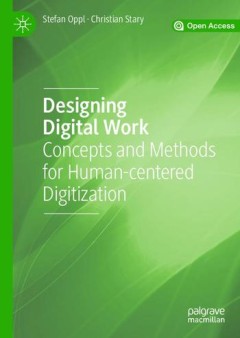
Designing digital work : concepts and methods for human-centered digitization
Combining theory, methodology and tools, this open access book illustrates how to guide innovation in today’s digitized business environment. Highlighting the importance of human knowledge and experience in implementing business processes, the authors take a conceptual perspective to explore the challenges and issues currently facing organizations. Subsequent chapters put these concepts int…
- Edition
- -
- ISBN/ISSN
- 9783030122591
- Collation
- xxi, 435p. : ill.
- Series Title
- -
- Call Number
- 650.0285 OPP d
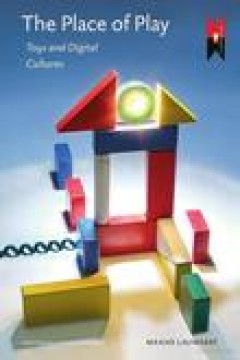
The place of play : toys and digital cultures
Increasingly, technology is at stake in toys, games and playing. With the immense popularity of computer games, questions concerning the role and function of technology in play have become more pressing. A key aspect of the increasing technologization and digitalization of both toys and play is the vagueness of borders between producers, consumers and players. In these so-called participatory c…
- Edition
- -
- ISBN/ISSN
- 9789089640802
- Collation
- 159 p.
- Series Title
- MediaMatters
- Call Number
- 794.8 LAU p

Impact of information society research in the Global South
The second volume in the SIRCA book series investigates the impact of information society initiatives by extending the boundaries of academic research into the realm of practice. Global in scope, it includes contributions and research projects from Asia, Africa and Latin America. The international scholarly community has taken a variety of approaches to question the impact of information societ…
- Edition
- -
- ISBN/ISSN
- 9789812873811
- Collation
- x, 291p. : ill.
- Series Title
- -
- Call Number
- 303.4833 IMP i
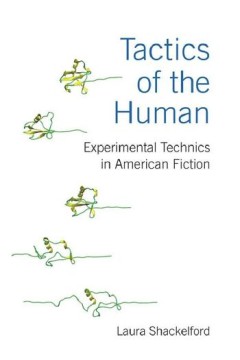
Tactics of the human : experimental technics in American fiction
A comparative literary perspective on emerging digital cultures and how the systems-thinking of Post-World War II information and dynamic systems theory have entered into everyday life and lived space, prompting tactical (re)understandings of the human
- Edition
- -
- ISBN/ISSN
- 9780472072385
- Collation
- viii, 265p. : ill.
- Series Title
- -
- Call Number
- 813.009356 SHA t

Cooperative connected and automated mobility (CCAM) : technologies and applic…
Cooperative connected and automated mobility (CCAM) has the potential to reshape the transportation ecosystem in a revolutionary way. Transportation systems will be safer, more efficient and more comfortable. Cars are going to be the third living space, as passengers will have the freedom to use their car to live, work and travel. Despite the massive effort devoted, both by academia and industr…
- Edition
- -
- ISBN/ISSN
- 9783039281596
- Collation
- IX, 115 p.
- Series Title
- -
- Call Number
- 661 FER c
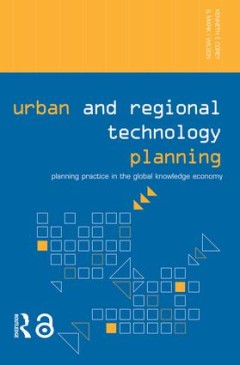
Urban and regional technology planning : planning practice in the global know…
Part of the popular Networked Cities series, Urban and Regional Technology Planning focuses on the practice of relational planning and the stimulation of local city-regional scale development planning in the context of the global knowledge economy and network society. Designed to offer scholars, practitioners, and decision makers studies on the ways of cities, technologies, and multiple form…
- Edition
- -
- ISBN/ISSN
- 9780203799437
- Collation
- xiv, 268p. : ill.
- Series Title
- -
- Call Number
- 303.4833 COR u

The amazing journey of reason : from DNA to artificial intelligence
This Open Access book explores questions such as why and how did the first biological cells appear? And then complex organisms, brains, societies and –now– connected human societies? Physicists have good models for describing the evolution of the universe since the Big Bang, but can we apply the same concepts to the evolution of aggregated matter –living matter included? The Amazing Journ…
- Edition
- -
- ISBN/ISSN
- 9783030259624
- Collation
- -
- Series Title
- -
- Call Number
- 155.7 ALE t
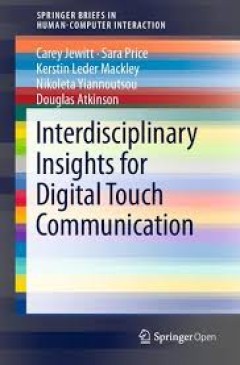
Interdisciplinary insights for digital touch communication
Communication is increasingly moving beyond ‘ways of seeing’ to ‘ways of feeling’. This Open Access book provides social design insights and implications for HCI research and design exploring digitally mediated touch communication. It offers a socially orientated map to help navigate the complex social landscape of digitally mediated touch for communication: from everyday touch-screens,…
- Edition
- -
- ISBN/ISSN
- 9783030245641
- Collation
- -
- Series Title
- -
- Call Number
- 004.77 JEW i
 Computer Science, Information & General Works
Computer Science, Information & General Works  Philosophy & Psychology
Philosophy & Psychology  Religion
Religion  Social Sciences
Social Sciences  Language
Language  Pure Science
Pure Science  Applied Sciences
Applied Sciences  Art & Recreation
Art & Recreation  Literature
Literature  History & Geography
History & Geography